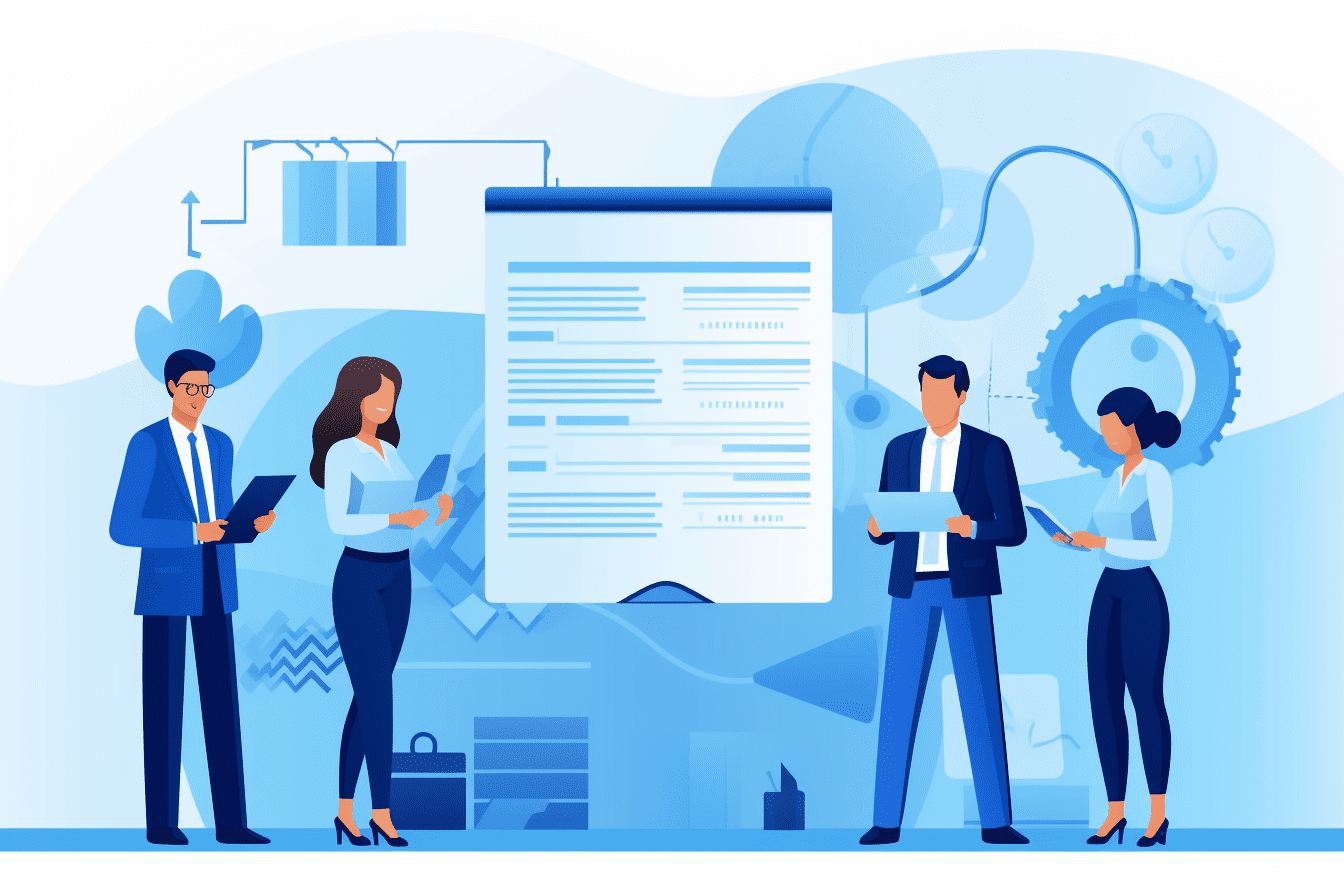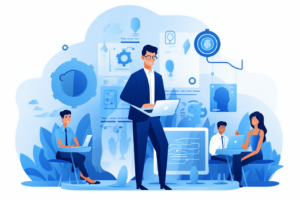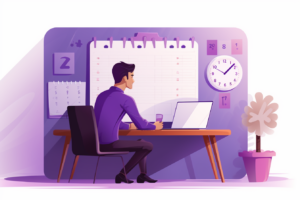Use assessment data to enable talent strategy in 2024 by Aon
- 6 Min Read
With the potential for AI-assisted assessments still largely untapped, find out how your organization can make better people decisions with talent assessment.
- Author: Aon
- Date published: Feb 28, 2024
- Categories

30-second summary
- Talent assessments have become increasingly popular for hiring decisions, as organizations use data to objectively measure potential, promote diversity, equity, and inclusion, and develop future skills.
- Assessments can help organizations understand and build diversity in their talent pool by identifying demographic changes among job candidates across different sectors.
- AI-assisted assessments can save time and reduce human bias, leading to better talent decisions.
When in-person hiring stalled during the pandemic, more organizations turned to talent assessments to provide key information for hiring decisions. In the past four years, more than 48 million people have completed an Aon talent assessment, representing an increase of 50% over that time. Since then, organizations continue to use data from talent assessments to more objectively measure potential, deliver goals related to diversity, equity and inclusion and to develop future skills.
Leaders recognize the importance their people play in their business, assessment is influential in shaping the talent strategy. Consider that Aon’s 2023 Global Risk Management Survey of more than 3,000 executives found that the failure to attract and retain talent had reached its highest-ever ranking as the fourth greatest global risk.
Based on our research study and client engagements, here are three ways assessments can advance a firm’s talent strategy and uncover important insights and actions.
Opportunity #1: Understand and build diversity in the talent pool
Aon’s assessment data shows a change in the demographics of the job candidate pool. More candidates aged 30 to 39 are being assessed, while the percentage of 20 to 29-year-olds is decreasing. There are differences in candidate age between sectors. Understanding these differences across sectors can help an employer target broader diversity in their talent pool.
For example, healthcare providers and services and the public sector have the oldest talent pool, with more than 30 percent of participants over the age of 40. Perhaps indicating that older workers are attracted to the rewarding work and stability such sectors offer.
Meanwhile, 40% of participants taking assessments in the sports and entertainment sector are younger than 20, likely reflecting the volume of seasonal hires that such a sector offers.
Case study: Using assessments to build diversity at the Ocado Group
The Ocado Group approached Aon for assistance with hiring graduates to enable the company’s shift from a retail business to a technology-centered organization. The organization needed to identify and hire graduates with the skills to deliver its digital and tech strategy. They also wanted to expand the traditional applicant pool to encourage a more diverse group of candidates.
Aon worked with Ocado to deliver a selection process that engaged candidates and provided the company with data insights. The redesigned process included objective measures of future readiness and adaptability to change.
The result was the hiring of a more diverse cohort: 40 percent of the program intake would not have previously progressed past the initial application stage. There was also a more equal gender split – a shift from 36:64 to 53:47 (female: male), and over 1,200 interview hours saved as artificial intelligence (AI) – scored interview questions replaced telephone interviews.
Talent assessments like those utilized by The Ocado Group provide insights that have the ability to transform the shape of a workforce, support mobility, and optimize employee capability.
Opportunity #2: Build retention by increasing usage among current employees
While many companies use assessments before hiring, we have also seen a rise in assessments for existing employees. Companies use post-hire assessments to understand what skills exist among the workforce and where there are gaps. This can inform career development and training, reskilling and upskilling, future hiring plans and more.
Based on our research, professional services and healthcare firms lead in using assessments post‑hire (nearly 20 percent of healthcare sector assessments are deployed after hiring). Trends among different sectors have also changed over time. In 2022, financial institutions increased their use of post‑hire assessment and moved from ranking fifth in assessment use in 2019 to number one.
This could be happening as financial institutions shift their main focus from recruitment to retention, partly led by cost concerns. In doing so, assessments allow managers and executives to gain a better understanding of the current workforce and enable mobility rather than looking externally to fill new roles.
While there is an overall increase in post-hire use of assessments, it is a tool that is still underutilized in making better talent decisions. Assessments provide an objective and fairer way to gain real insights into the skills and competencies of the workforce. Additionally, results can be a starting point for career conversations between managers and workers — empowering individuals to develop themselves and self‑manage their own career path.
Opportunity #3: Save internal resources through AI‑assisted assessments
AI provides another means to assess participants that can remove bias and save employers’ time and money. For example, Aon’s vidAssess‑AI tool asks candidates to record their replies to the hiring organization’s specifically-determined interview questions. Responses are transcribed to text and then analyzed by an algorithm constructed to evaluate and score various competencies.
This method still uses human expert scoring but removes some of the biases that human interviewers can bring. The number of clients using AI‑supported video interviewing has doubled in three years and its use is increasing steadily.
Such interviews can take place prior to an in‑person assessment center or interview, which frees up internal HR resources to work on more value-added activities. Using automated image capture, remote proctoring technology – which maintains fairness in evaluations – can increase confidence in the integrity and authenticity of assessment results. It’s use has steadily increased in recent years, as it allows confirmation of the participant’s identity during offsite assessments.
Case study: Using AI to eliminate bias in early careers program
Aon worked with the asset management firm Schroders to enhance its early careers talent acquisition program with new AI technology. Candidates were initially screened to see if they were a suitable match based on culture and expectations.
Successful candidates move to short online assessments, including a behavioral questionnaire, a chat-based Situational Judgement Questionnaire and a logical reasoning ability test. The next step is an AI-assisted video interview. Shortlisted candidates move to an assessment center customized for the early careers program.
To manage any unconscious human rater bias, the company rated the first cohort of interviews both by trained hiring managers and the expert trained AI, to see how effective the technology was in judging compared to trained managers. The results were positive for the technology in this instance.
The process enabled the client to feel confident that unconscious human rater bias was effectively minimized from the selection process.
While we recorded a doubling of the number of Aon assessments being done through AI, the potential for using AI assessments is still largely untapped given the benefits it provides.
To learn more about how your organization can make the best use of assessments, please download Aon’s ‘A Guide to Making Better People Decisions With Talent Assessment’.
The information contained in this document is intended to assist readers and is for general guidance only and is not intended to provide advice to the reader.












